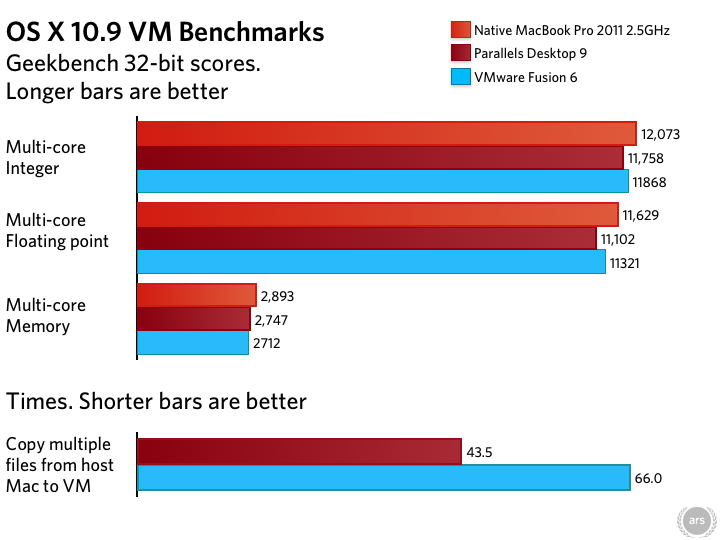

VMWARE FUSION VS PARALLELS MAC
A Mac computer with an Intel Core 2 Duo, Core i3, Core i5, Core i7, Core i9, Intel Core M, or Xeon processor.I say all of this to say – there are countless reasons why you might want to virtualize Linux, Windows, or macOS on your Mac. On a much slower PC, AutoCAD was far better.

She used to own a 27″ iMac with 32 GB of ram with a 1 TB Fusion Drive, and AutoCAD would consistently crash on it.
VMWARE FUSION VS PARALLELS PC
My sister-in-law designs commercial landscapes for a living, and while she loves a Mac, she prefers the PC version of AutoCAD. I have some legacy applications that require me to access them in Internet Explorer Classic, but others might be required to use the PC versions of Office or another Windows-specific app. If you prefer using macOS but have times where you need to access Windows or Linux only programs, you can do with ease using virtualization technology (the technical term behind what Parallels Desktop and VMware Fusion are doing. You don’t have to shut down your computer to reboot into another operating system, but rather simply launch the program and another operating system boots up. On macOS, you can use one of these apps to open a copy of Windows, Linux, or even additional versions of macOS (for testing). When I read about Parallels Desktop 14, I decided that it was time to try something new.īefore we get started, let’s talk about why you’d need an app like Parallels Desktop or VMware Fusion. I had certainly heard of Parallels Desktop before, but I jumped on the Fusion train and kept on upgrading over the years. One thing to note (and I think it makes gives my review an interesting perspective) is that I’ve used VMware Fusion (and supported it at my day job) since 2009. I’ve been spending some time with it since then, so I wanted to take the time to write about it in more detail. I wrote about the release of Parallels Desktop 14 a few weeks ago.


 0 kommentar(er)
0 kommentar(er)
